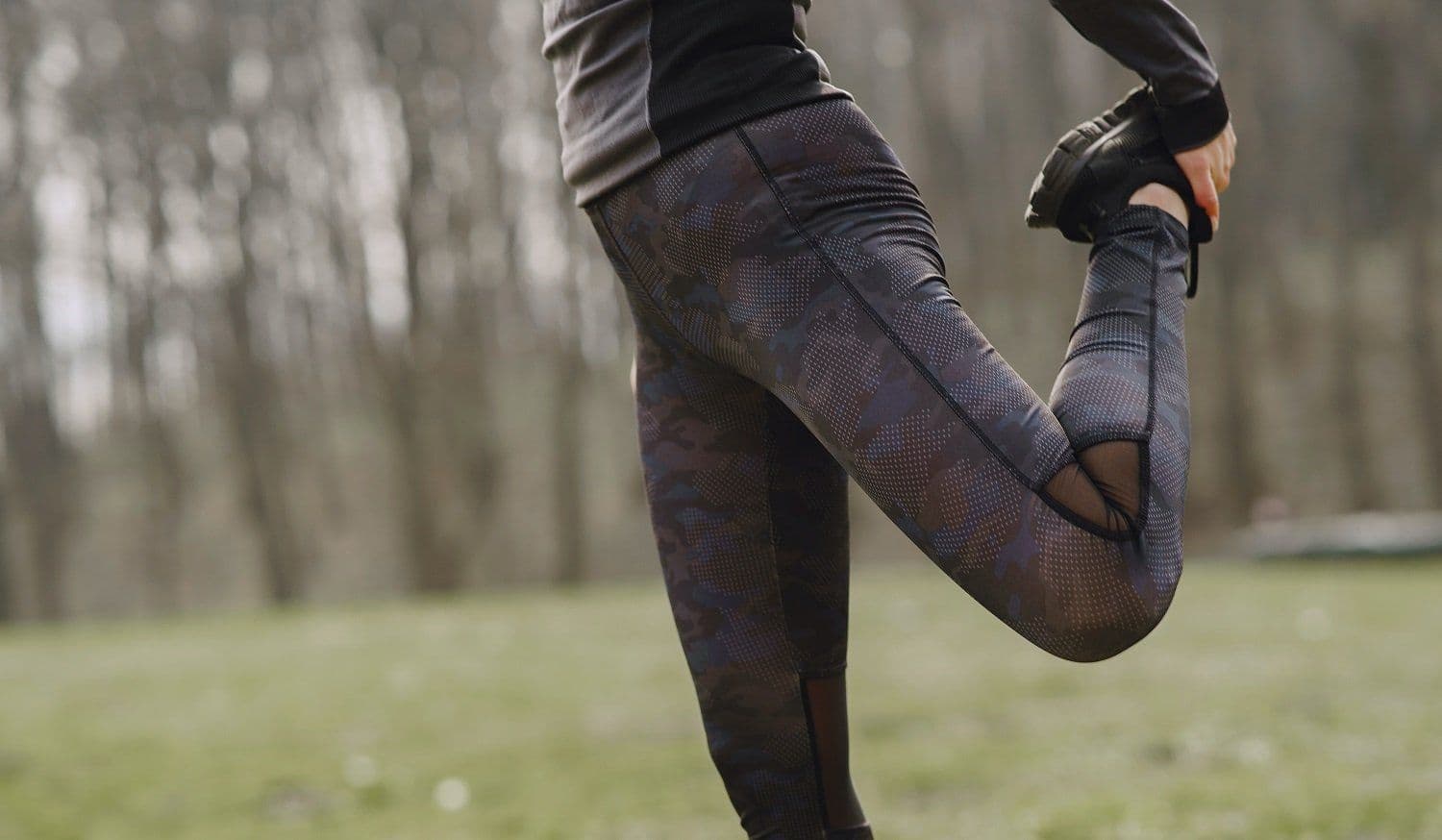Understanding Delayed Onset Muscular Soreness (DOMS)
We've all experienced delayed onset muscular soreness (DOMS), more commonly known as sore muscles. This typically happens when you start working out, resume training after a break, increase your workout intensity, or try new exercises or sports.
You might ask, "Is this normal? Why is this happening to me? How long is it going to last?" Let's delve into DOMS, its causes, prevention methods, and some stretches that can aid faster recovery.
Delayed Onset Muscular Soreness and Its Cause
Delayed onset muscular soreness (DOMS) is a muscular inflammatory reaction that causes acute pain 24 to 48 hours after intense exercise, especially when our muscles are not accustomed to it.
This soreness is due to numerous microtears in muscle fibers and tendons during exercise. Additionally, when the temperature of the muscles rises, micro-injuries can occur, leading to discomfort.
How to Prevent Soreness (DOMS)
To prevent DOMS, thoroughly warm up your muscles before exercising. A few minutes of preparation can significantly reduce the risk of injury. Applying heat creams can also help the muscles warm up and perform better.
Stretching after your muscles have cooled down is key to recovery. While it may not prevent soreness, it helps prevent muscle stiffness and a decrease in mobility.
Applying cold locally or taking a cold shower after working out can prevent inflammation. Remember, never apply ice directly on the skin; use a cloth or something similar.
Diet and hydration play crucial roles in preventing DOMS. Especially, the intake of vitamin C and an adequate amount of protein is important.
Lastly, it's important to gradually increase your workout intensity. If you haven't exercised for a long time, don't start at a very high intensity. Gradually adapt your body to physical activity.
How to Recover Your Sore Legs Faster
In addition to the prevention methods mentioned above, massaging the area can be helpful. For mild to moderate soreness, light cardiovascular activities can minimize the effect of soreness and aid recovery. However, if your soreness is severe, you should focus on muscle recovery and consider visiting a physiotherapist for a sports massage.
7 Stretches for Sore Legs
-
Quadriceps stretch: Stand with one hand on the wall, let the weight rest on the right leg and bend the left knee, bringing the heel towards the buttocks. Hold your ankle firmly and push the hip forward. Repeat with the other leg.
-
Hamstring stretch: Standing up, elevate and extend your right leg to hip height, resting it on an elevated object. Touch the toes of your right foot with your hands and hold.
-
Calf stretch: Stretch your calves on a stair step. Support the toe, leave the rest of the foot in suspense and drop your weight until the muscle begins to pull. Bring the hip forward until it pulls. Repeat with both legs.
-
Hip flexor stretch: Start from a standing position. Move one leg forward, forming a right angle without going over the tip of the feet with the knee. Lower your hips a little and extend your rear leg.
-
Adductor stretch: Sit on the floor, open your legs to form a V, then carefully bend your torso to try to touch your toes with your hands.
-
IT band stretch: Stand with your legs crossed, then bend your torso to try to touch your ankles. The front leg should be slightly bent and the other should remain rigid to activate the IT band.
-
Lateral lunge: Start standing, then step out to the right with your right leg. Lean to your right, straightening your left leg, bending your right knee and sticking your butt back. You should feel a stretch down the inside of your left leg. Repeat with both legs.
For more information, talk to one of our Fitness Experts and get customized advice by submitting a request on our Mavyn website.
